RobotLAB Blog
Everything You Need To Know About Robotics in Businesses
Cobots: Potential for Limitless Collaboration
By Ellie Gabel
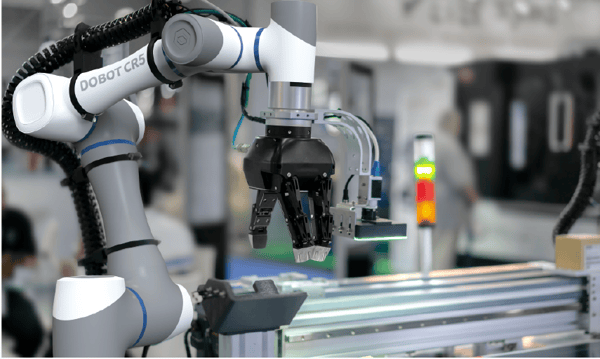
Are collaborative robots the key to transforming robotics education and closing technical skills gaps? Cobots have numerous advantages over traditional industrial robots, including greater flexibility and easier programming. These traits are perfect for enhancing robotics training with hands-on collaboration that teaches technical creativity and vital workplace skills.
- 0 Comments
- Jul 5, 2023 10:31:13 AM
- Posted by Maria Alejandra Calcetero
- Topics: STEM, High School, Artificial Intelligence, Robotic Arm, Dobot Robotic Arm, AI, cobots
Hyperautomotion in Higher Education — No Longer Just a Possibility
By Shannon Flynn
Technology in education is utilized throughout the world to better prepare students for the workforce and world they will enter. However, some higher education institutions still struggle with the meaning of hyperautomation and how to utilize this newer technology to improve their institutions.
Hyperautomation technology relies on advanced computer software to identify and organize important data to streamline tasks throughout college and university departments. Once thought of as a future possibility is now making headway in organizations throughout the globe.
The following is hyperautomation technology many higher education institutions now use to keep up with business.
- 0 Comments
- Apr 12, 2023 6:13:25 PM
- Posted by Maria Alejandra Calcetero
- Topics: STEM, High School, Artificial Intelligence, AI
[WEBINAR] NAO robot in Higher Education and Research
 The world-famous NAO humanoid robot just got an upgrade! Check out what is new with the most widely used platform in robotics and how this can impact your classroom or research lab!
The world-famous NAO humanoid robot just got an upgrade! Check out what is new with the most widely used platform in robotics and how this can impact your classroom or research lab!
Video transcript below.
- 0 Comments
- Sep 12, 2022 12:36:50 PM
- Posted by Maria Alejandra Calcetero
- Topics: STEM, High School, Artificial Intelligence, AI
[WEBINAR] Dive into your Research with an Underwater ROV
 Learn about how underwater ROVs can allow your students to take a look under the surface of the water and explore new frontiers.
Learn about how underwater ROVs can allow your students to take a look under the surface of the water and explore new frontiers.
Video transcript below.
- 0 Comments
- Sep 12, 2022 12:24:34 PM
- Posted by Mike Nardine
- Topics: STEM, High School, Artificial Intelligence, AI
[WEBINAR] Automate your research with an Autonomous Ground Vehicle!
 Create a custom solution for your automation needs using an Autonomous Ground Vehicle!
Create a custom solution for your automation needs using an Autonomous Ground Vehicle!
Video transcript below.
- 0 Comments
- Sep 12, 2022 11:43:30 AM
- Posted by Mike Nardine
- Topics: STEM, High School, Artificial Intelligence, AI
[WEBINAR] The Power of Engagement webinar with Pepper Robot!
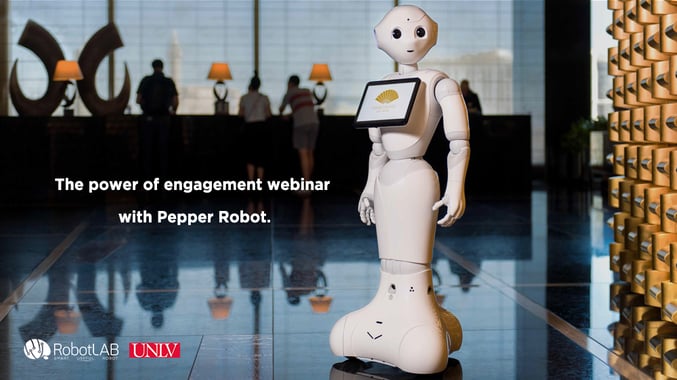
Learn about Pepper, the most deployed humanoid robot in the world. Hear from experts in higher education and our resident Pepper expert..
Video transcript below.
- 0 Comments
- Sep 12, 2022 11:01:33 AM
- Posted by Mike Nardine
- Topics: STEM, High School, Artificial Intelligence, AI
[WEBINAR] Human Robot Interaction with Furhat Robotics
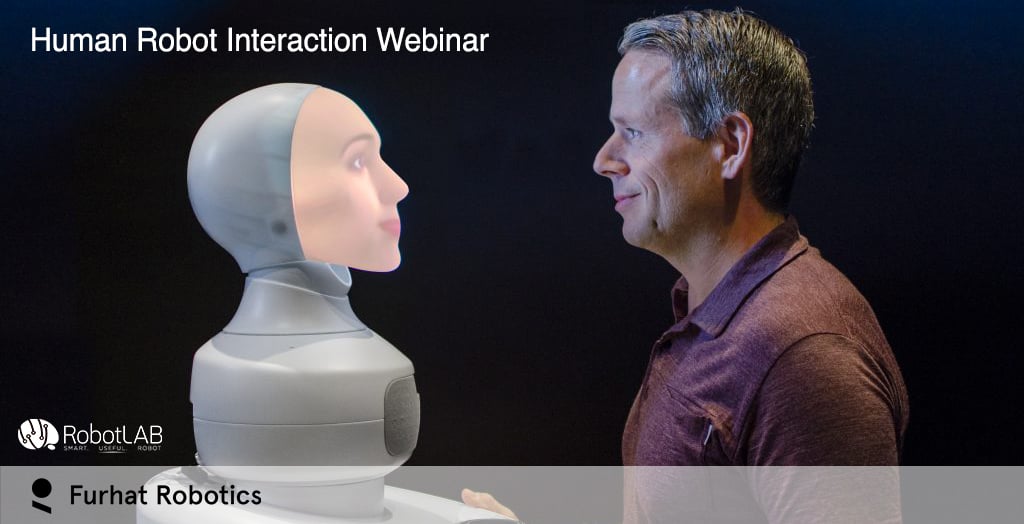
Learn about Furhat, a collaborative tool for HRI research and development. Hear from experts in higher education from Furhat Robotics and RobotLAB as well as our very special guest Chris Thorstenson, a professor from Rochester Institute of Technology, and his clever use of the robot.
Video transcript below.
- 0 Comments
- Sep 12, 2022 10:30:28 AM
- Posted by Mike Nardine
- Topics: STEM, High School, Artificial Intelligence, AI
What will AI and robotics mean for higher education?
The world around us is getting “smarter.” Artificial intelligence (AI), data, and natural language processing have enabled Alexa, Siri, Pandora, Netflix, Facebook, Google, Amazon, Waze, and other platforms to become part of our lives. Both AI and robotics are projected to have a massive impact on the global economy. While anticipated improvements in GDP and efficiency are positive, some fear that jobs will be lost through automation. What will AI and robotics mean for higher education? Will automation affect colleges and universities?

- 0 Comments
- May 12, 2022 2:48:11 PM
- Posted by Natalia Galvis
- Topics: EdTech, Education, Computer Science, Edchat, Computational thinking
Robotics, The Next Big Thing in Higher Education?
Without a doubt, robotics is the next big thing in education. Like it or not, robots and robotics are the future. The sooner we accept robotics in schools and educate our children about robotics, the more prepared they will be for that future. At the moment, robotics is a reality at universities around the world, but imagine the possibilities if children entered those college programs already equipped with some robotic knowledge.
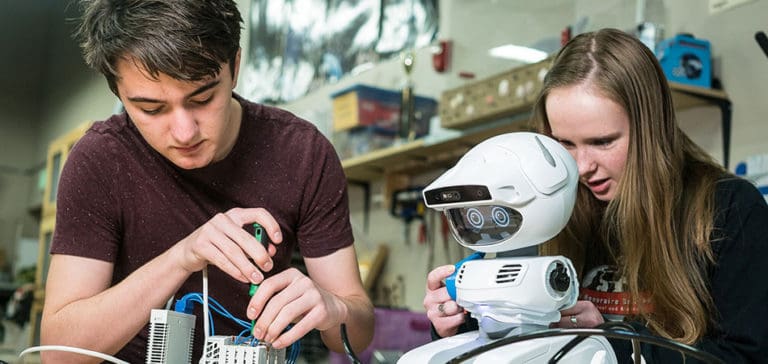
In this article, we have listed some interesting stories from universities to prove that there is already quite an interest in robotics after high school.
- 0 Comments
- May 12, 2022 2:46:01 PM
5 Ways That Technology can Expand Creativity in Higher Education
Creativity has always been a part of a successful classroom, however recent advances in technology are making it possible to increase the ability for students to use their creativity in academia. With the ability to take and store thousands of pictures and videos, and listen to music in the palms of our hands, our students have the ability to be more and more creative in their projects, assignments, as well as group and individual tasks. As universities are encouraging the expansion and use of technology in the classroom, many professors are also encouraging the development of their students’ creative minds.
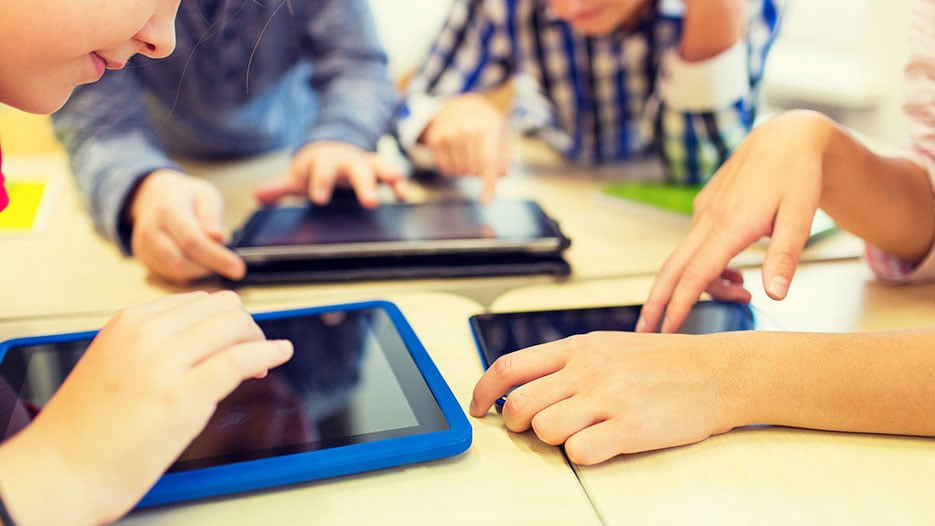
- 0 Comments
- May 12, 2022 2:37:51 PM
- Posted by Natalia Galvis
- Topics: EdTech, STEM, Technology, STEMchat, Edchat, Digital Technology
Relevant Posts
-
I Want To Learn MoreADDITIONAL INFORMATION
